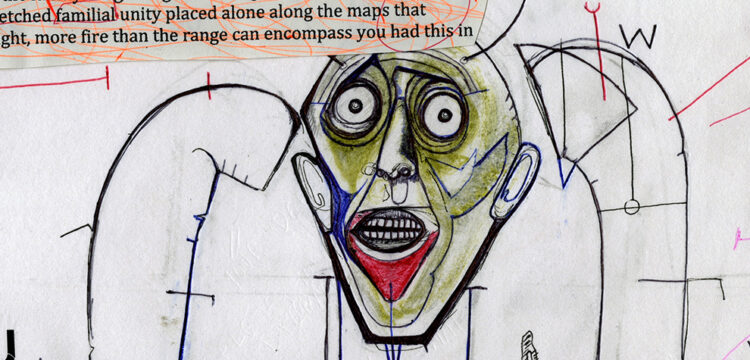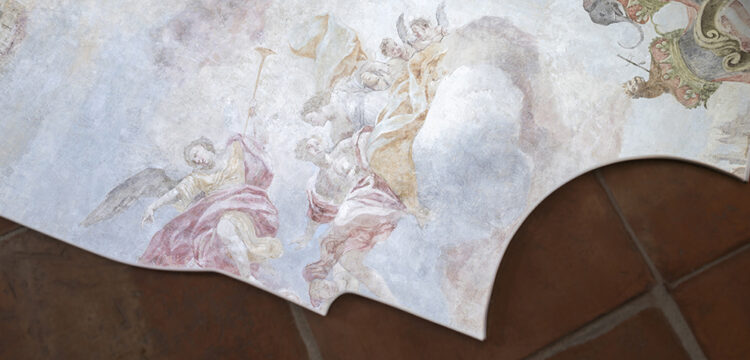Superpowers, Hinges, Chaos
“ ” #3: Becky Beasley in conversation with Claire Scanlon
Through dialogues, the series “ ” (quotation mark quotation mark) looks at artistic practices that use publishing, dissemination, and feedback as their material. Issue #3 of the series, a conversation between Becky Beasley and Claire Scanlon (2019), follows on from Beasley’s one-way correspondence with her former tutor Scanlon. Meeting, now as friends, they talk about mental health, gendered labour, the domestic, the time and space of work, and how these factors converge on creative practices in both positive and less-positive ways. They describe methods and ‘superpowers’ that have allowed them to maintain presence through periods of happiness or adversity, to pursue their practices in the face of familial needs, material limitations, or personal struggles (Beasley describes her battle with depression). Brief lessons of survival, clarity, ambiguity, care, and resistance, recorded with the intention of providing a useful resource to readers.
Throughout the winter months of 2020/21, when we again find ourselves confined to our homes and disconnected from each other, “ ” #3 is available as a free download at NERO, Flat Time House, La Becque, The Seaweed Shop, Tenderbooks, and Printed Matter. During the same time the book will be accompanied both here at NERO Magazine and Flat Time House by responses from writers Sharon Kivland, Susan Morris, Joseph Noonan-Ganley, and Jessica Potter, constituting a cumulative, slow, and delayed book launch as a more or less deliberate tactic of decompression.
BEASLEY: …‘Superpowers relate to optimism, fought out of chaos’. [Laughs]
SCANLON: [Laughs] Right.
The conversation between Becky Beasley and Claire Scanlon sketches out some of the many intersections that might comprise what Scanlon (via Victor Burgin) refers to as ‘components of a practice’. Their exchange is peppered with references to literature and to everyday catalysts such as oxytocin, money, translation, the specific living and work spaces the artists have inhabited over the years, more literature, and many intimacies – motherhood among them.
BEASLEY: ‘Components of practice’ … So, my components of practice are: depression, time, space, money, reading, and a fascination with images as a result of these. Earlier on, films were also very important, and live performance, dance, and experimental theatre. And then in my notes I added pacing and diary. I’ve learnt to be very practical!
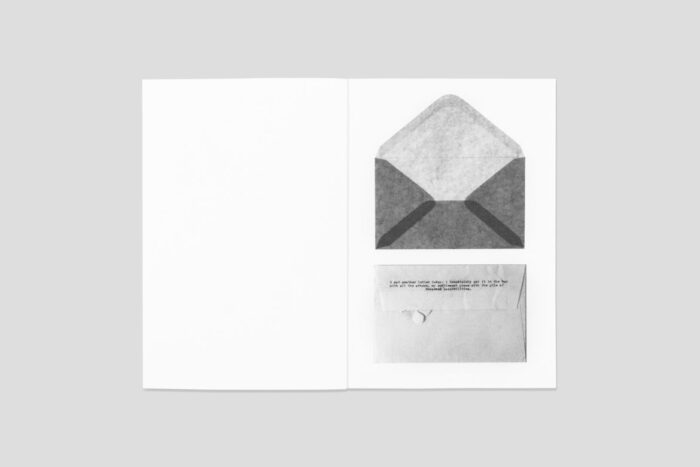
Over the course of their exchange, Hannah Arendt, Samuel Beckett, Maurice Blanchot, Lydia Davis, Thomas Bernard, Bernard Malamud, Herman Melville, Fred Moten, Maggie Nelson, and many other writers of fiction and philosophy emerge and echo and settle and shift into artworks or methods or accomplices, bouncing back and forth between the two friends like restless sound waves.
Beasley’s mob of literary voices, her ‘bad mentors‘ as she also calls them, shimmer through the text alongside serious probing of her own methodologies and Scanlon’s calm, insistent inquiries. Beasley and Scanlon return time and again to the idea of the hinge as a tool and a trope. Beasley describes this as:
‘a way of thinking about flexible joints, found objects and broken connections, but ones in which connecting forces were neither assumed nor necessarily sought. What would it be to hinge two things together without then providing any defense or coherent argument for the marriage? Where would that gesture leave the reader? Unhinged? Happily adrift? Free?
A hinge is a flexible joint, as on a door or the spine of a book, but it is also a choice made at a crossroad, where the thought of the path not taken lingers as one continues on in the other direction.’
With the hinge in mind, we have asked a handful of writers, a new mob, to contribute a thought or a response to a multi-jointed, distributed, slowly assembling book launch, a year after issue #3 was first published. What will emerge will have the book at the front or the back of the authors’ minds, feeding into responses that might take their starting point from the conversation but lead elsewhere (or circle back).
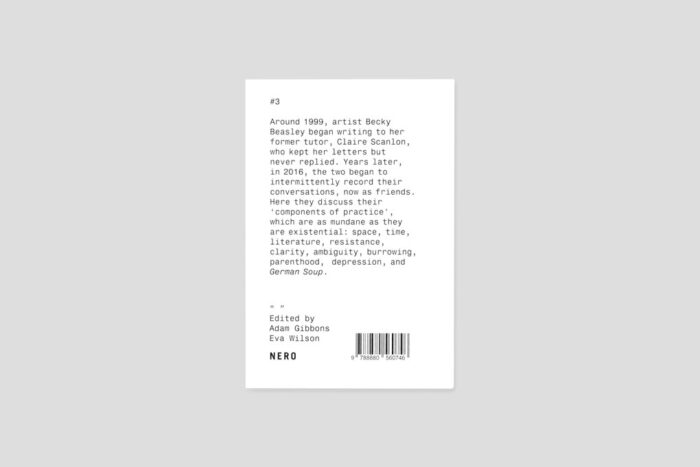
The book itself will be freely accessible online throughout the winter months of 2020/21 in the hopes that it may prove valuable to its readers while libraries and bookshops remain shut.
Beasley and Scanlon discuss hoping that their book might be useful. We as editors imagine this reflected in the way it is handled: a small-format soft cover made to be thumbed and stuffed into a pocket, reappearing dog-eared and battered. In this distributed launch, a pdf replaces the physical book and joins a sphere of circulating bootlegs. By inviting this new host of voices, we hope that something will emerge that has always been the backdrop to our interest in dispersion: micro-communities and their own mythologies.
We, the editors, would like to warmly thank Becky and Claire as well as Sharon Kivland, Susan Morris, Joseph Noonan-Ganley, and Jessica Potter, for their care and unhinged superpowers.
“ ” #3: Becky Beasley / Claire Scanlon can be downloaded here.
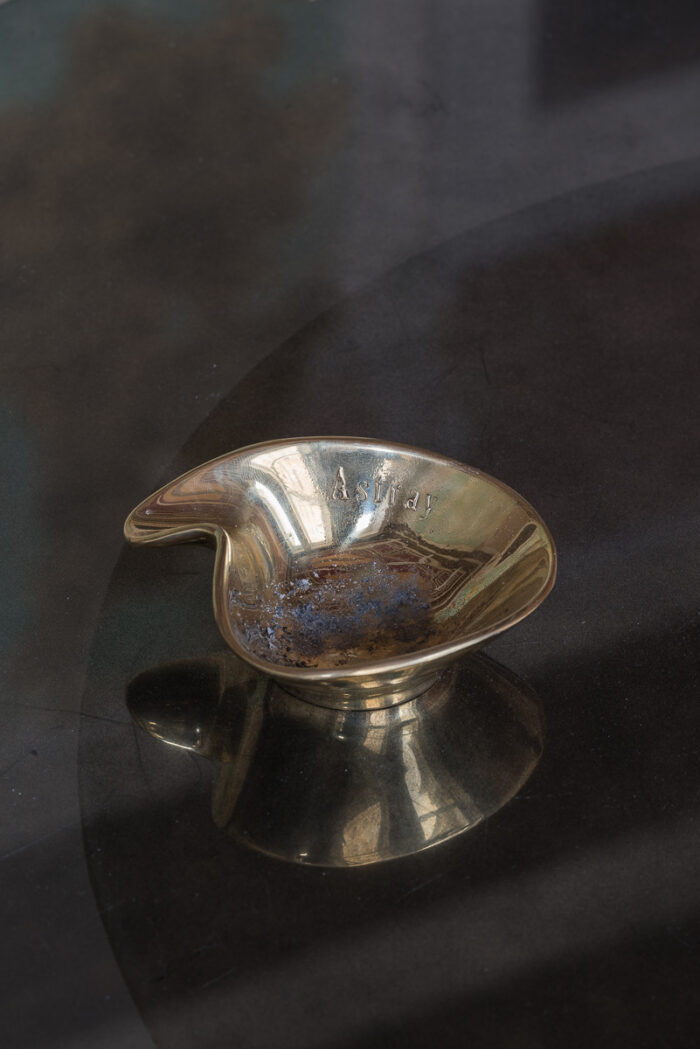
Other issues in the series include:
#2: James Hoff / Marian Kaiser (2018)
#4: GCC, Internal Affairs 2013–2018 (2018)
#5: Badlands Unlimited, Badlands Unlimited (Act I) (2018)
#6: Tyler Coburn / Adam Gibbons (2019)
Published by NERO, Rome
Edited by Adam Gibbons and Eva Wilson
Available via NERO, Vice Versa, Les Presses du Réel




